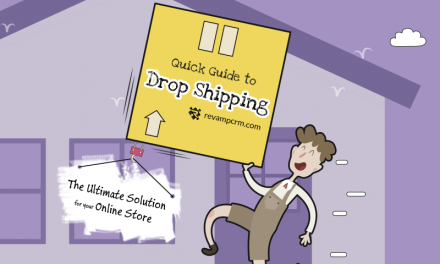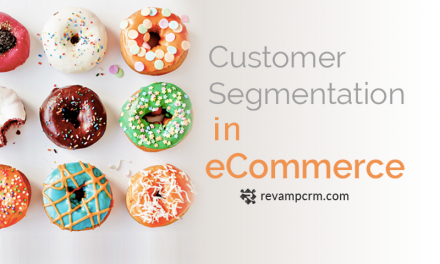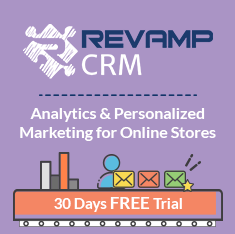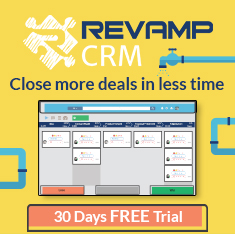Profit: an end many businesses strive for, yet which seems to be eternally complex. The revenue-expenses formula most of us use is direct, however, isn’t always a reliable measurement of profitability. Sales and costs offer short term perspectives on a company’s financial situation but they neglect to acknowledge the company’s largest and most valuable asset: the customer. Customer Lifetime Value
What is CLV?
Customer Lifetime Value (CLV) is the total of all financial profit a customer brings in for the business within a certain timeframe. It is a more precise prediction of how much your customers are actually worth. Since not all customers have the same potential for profitability, CLV helps you focus on the customers that have the highest profitability rates.
It’s easy to segment your ecommerce market into groups with similar characteristics. But when it gets crowded, when you’re short on resources and when mass communicating a marketing campaign just won’t cut it, you need to start prioritizing.
- Which segments should you invest your marketing efforts in?
- Which segments will offer you the most return on your investments (ROI) ?
- And which segments are most valuable in the long term?
Here is where CLV comes in.
By using CLV, a company is able to classify different customer groups by long term profitability and thus decide how valuable the customer is to the business and whether to change marketing strategies. Through CLV, you’ll be able to understand which customers you should be focusing on and, more importantly, why you should be focusing on them.
Moreover, CLV gives you crucial insight into how much money you should be spending on acquiring your customers by telling you how much value they’ll bring to your business in the long run. This helps you keep your cost per acquisition as low as possible. Thus, CLV is an essential tool that is key to successful and targeted marketing programs, retention programs, sales and financial forecasts.
Segmenting using CLV
You can use the CLV of a customer to create entirely new segments according to a customer’s worth and the projected value of each customer group. Companies can achieve much better results by choosing communication channels that are tailored to each CLV target group. You can also use CLV data to help build more accurate and detailed customer personas. It would thus be more profitable to focus on investing marketing efforts in customer groups with an above-average CLV.
Customer lifetime value helps you spend advertising and marketing dollars wisely, focusing on the customer segments that deliver the highest profit to your company. And since different customer groups have different CLVs, it could also be used to trigger special services for new customers with a high potential CLV.
Finally, CLV is extremely accurate that companies can calculate the profitability of a single customer. This info can be used by the sales team, for example, to focus its efforts on the most profitable customer (or group) for a particular product or service.
How to measure CLV?
Here is a simple formula to manually estimate customer lifetime value.
Recurring revenues – recurring costs = gross contribution margin – marketing costs = net margin x expected number of purchases over next three years = accumulated margin – acquisition costs = CLV
Company Profitability
Referring back to profit, CLV can be considered a key data point in determining the valuation of your company. Knowing the value of your customer base and expected growth is useful when seeking rounds of funding for example.
Once you recognize your most profitable customers using CLV, you can optimize the allocation of your resources for maximum profits. You can also customize your future marketing strategies for specific groups.
Having an effectively configured CRM platform can be crucial to allocate your marketing resources to your CLV and to build long-term overall profit. Revamp CRM software gives you the sales insights that are most important to your business, it also immediately segments your customer database according to shopping behavior, and allows for focused emailing and automated marketing efforts.
Transforming a business lay in the simplest yet most rigorous steps. By re-segmenting your market and implementing the science of customer lifetime value, your business can reach new heights that no financial balance can accurately project.
Related Post : https://blog.revampcrm.com/5-ways-to-increase-the-average-order-value-of-your-ecommerce-store/




![9 Tips Will Help You When It Comes To Create Your eCommerce Return Policy [ Infographic ]](https://blog.revampcrm.com/wp-content/uploads/2016/09/10-Tips-on-Creating-an-Ecommerce-Return-Policy-01-440x264.png)


